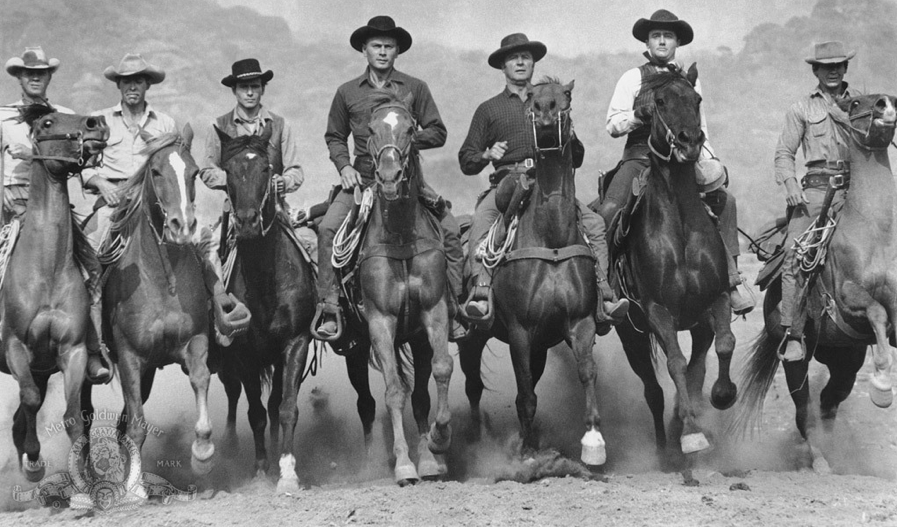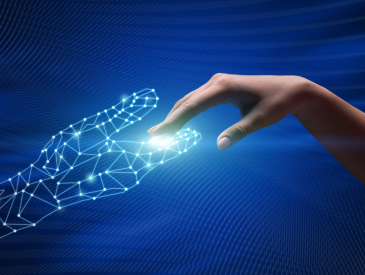 © The Mirisch Company
© The Mirisch Company
At the start of Alelo’s webinar series on the Future of AI in Education and Training, we asked what role AI should play in promoting learning. Some see the benefit of AI is as a technology that enables personalized learning. But as we have discussed in these webinars, personalized learning alone can make it harder for teachers to manage classes and lead meaningful classroom discussions, and can even exacerbate achievement gaps between high-performing and underperforming students. And it would be a mistake for AI to take over the role of the teachers, since teachers matter more to student achievement that any other aspect of schooling.
The consensus of these webinars is that AI should not seek to replace teachers but should work alongside teachers, to assist them in their work and perform tasks that are time-consuming and difficult for teachers to perform on their own. Ultimately this will make high-quality education available to students throughout the world.
To accomplish this there are at least seven functions that AI can and should perform. This Magnificent Seven when used in combination has the power to overcome the most challenging learning problems.
- AI-driven systems can communicate with learners in natural language. This forces learners to articulate and apply their knowledge, thus revealing gaps in their knowledge and skills.
- They can assess learner responses, not just for their correctness but to identify knowledge gaps and misconceptions. This gives teachers greater insight into how well their students are doing and reduces the burden of grading homework.
- They can critique the learner’s performance and provide feedback, in a manner that responds to the whole student and motivates them to learn and improve.
- AI can then guide learners as to what skills and learning activities they should work on. It can track learning trajectories, provide mentorship, and prepare students for long-term success.
- AI can also support teachers and institutions. It can help teachers to orchestrate the learning activities of students within a class, so that all students learn and make progress.
- It can summarize the progress and error patterns of entire classes or programs, to help teachers and institutions focus their teaching efforts.
- Finally, AI and machine learning in particular can help construct learning materials. Learning content is trained from examples of learner data, instead authored ahead of time.
The full potential of AI to transform education will be realized when AI performs many of these roles, not just one. The Alelo Enskill platform is a good example. Enskill engages learners in task-based conversations, such as buying a train ticket or interviewing for a job. During the conversation, it assesses learner performance, provides feedback, and recommends additional practice exercises in the areas where the learner is experiencing difficulties. It calculates analytics that measure each learner’s performance and tracks how it improves over time. We plan to make these analytics available to teachers and institutions, so that they can adapt curricula and focus instruction where it is needed. This is making high-quality learning available at scale to students in dozens of countries.


